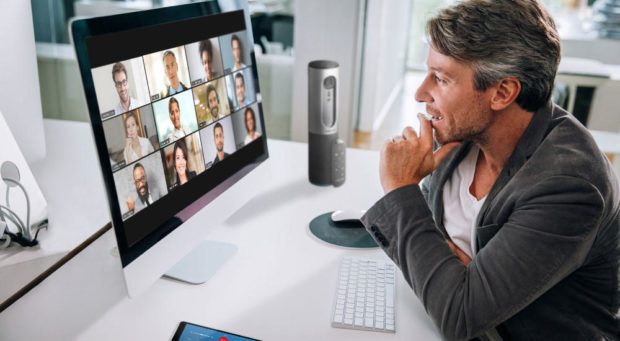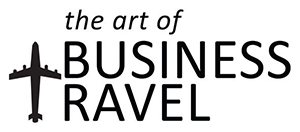
The past year has seen massive growth in virtual meetings as more and more of us work from home. For those not so used to this new norm, these are the fundamentals of teleconferencing etiquette.
In our odd new world of facemasks and zoom birthdays, teleconferencing for business has become the norm. When it comes to etiquette for this new medium, the general rule of thumb is that if it isn’t appropriate face-to-face, then it isn’t appropriate in a teleconference.
However, there are also certain nuances to congregating in this digital space that aren’t there in regular in-person meetings. This means that there are specific adjustments we need to make to keep everything smooth and professional.
Fortunately, we’re here to give you a heads-up on the ins and outs of teleconferencing etiquette, making sure that you always put your best foot forward. Read on to learn more!
Test Your Hardware and Connection
Testing your hardware and connection before entering a teleconference should be standard operating procedure. There are few things as disruptive or time-consuming as a key participant struggling with a screeching microphone or spotty connection, especially as testing it beforehand is so straightforward.
Many video conferencing apps have made it convenient for their users to test their equipment. These programs often feature in-app tools that let you run quick tests on your hardware and connection. If a problem is detected, some of these apps can even help you troubleshoot appropriately.

Set Your Background
Before turning on your webcam and hopping into a meeting, take some time to set your environment. If possible, have your webcam facing a simple wall. If you pride yourself on being someone of culture, some bookshelves and paintings will do nicely.
What you want to avoid is giving everyone a panoramic view of your home. No one needs to see random clutter on your coffee table or people you live with scuttering around in the background. If having an unobtrusive background is out of the question, some apps such as Skype and Microsoft Teams offer blurring features to keep the focus on you.
Dress Appropriately
Just because you’re joining teleconferences from home doesn’t mean you can romp around in a bathrobe or last night’s jammies. A good rule of thumb to follow here is that you should dress for a meeting as if it was being held face-to-face.
If it’s a job interview, dress to impress. If you’re meeting with clients, keep it professional. If you’re catching up with your team, whatever you wear to the office should be fine. Just remember, if you choose to dress appropriately from the waist-up only, be careful when you stand up.

Use the Chatbox
Getting your word in during a teleconference can be more difficult than its real-life counterpart, as any interruptions are amplified. To navigate around only having one person speaking at a time, utilize the chatbox if you have a comment or question. This is the best way to facilitate interaction between participants without having to constantly stop the flow of the meeting.
You can also use emoticons in the chatbox to show your support or disagreement, such as thumbs up or thumbs down. You can also use an emoticon of a raised hand to show that you have a question you would like to voice out.
Turn Off Your Camera
For the most part, keeping your camera on during a teleconference is basic etiquette. You want to show everyone that you’re actively engaged in the meeting and not just hiding behind a black background.
However, there are times when it’s preferable to turn off your camera to avoid distracting others. If you need to use the restroom, answer a call, or otherwise disengage from the teleconference, turn off your camera. This also applies if you need to squeeze in a quick snack or meal in the middle of a meeting.
If you feel like suddenly turning off your camera would give a negative impression, use the chatbox to excuse yourself without interrupting the speaker.

Mute Yourself When You’re Not Speaking
Muting yourself when you’re not speaking is important to keep the teleconference focused and professional. Ringing phones, barking dogs, nearby traffic – all of these sounds can be very distracting to others in the meeting. Muting yourself when you’re not speaking also saves you from accidentally saying something that wasn’t meant for everyone else to hear.
If you share your meeting or living space with other people, make sure you close and lock the door before joining the teleconference. You should also consider having a do not disturb sign posted on your door to let others know to keep it down and leave you alone.
Fix Your Name
This one is very basic, but not double-checking your name is the most common and amusing blunder people tend to commit. You want to appear as your professional self, not as “Android 078321.” Even worse is using someone else’s device and having your name set as “Karen” when you’re obviously not her. Do yourself a quick favour and double-check your name before joining a call.
For more Technology coverage click here.





